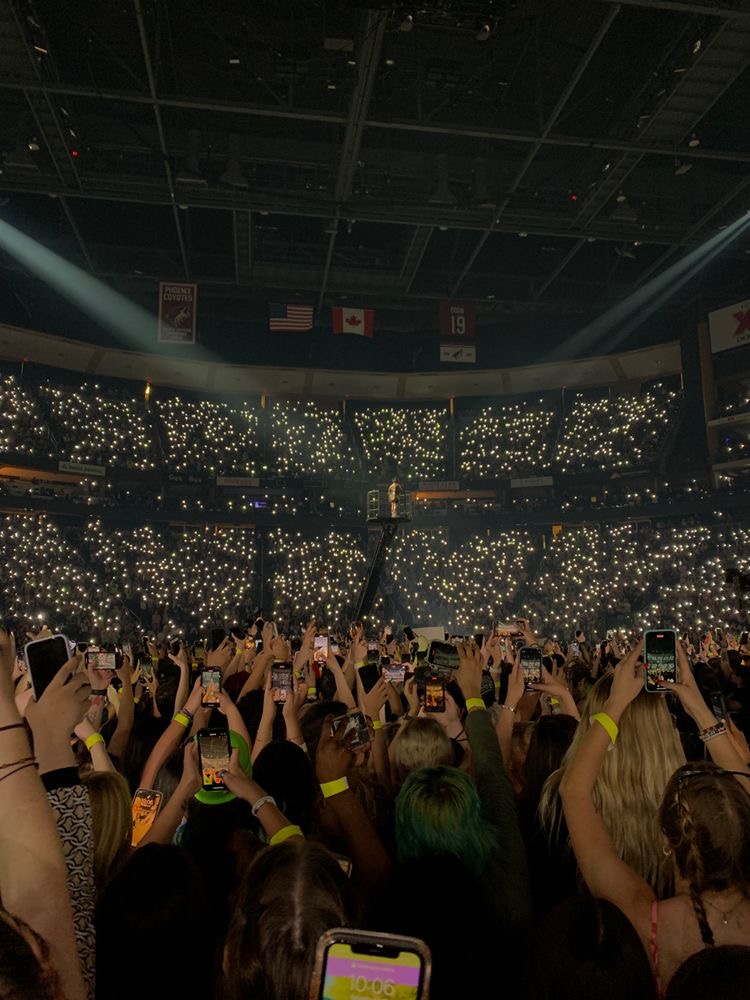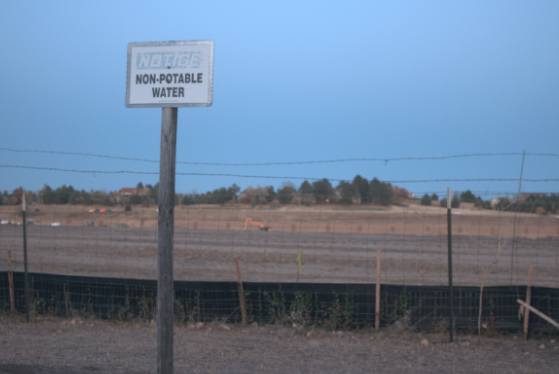On January 7th, 2025, a small spark flickers and catches hold and spreads. As the minutes pass, the fire grows, leaping from one dry twig to another, consuming everything in its path. Homes, wildlife, and the very essence of the land are at the mercy of its relentless advance.
Los Angeles, home to famous actors and sun-kissed shores, has experienced fires that have burned over 40,000 acres of land and 12,000 structures.
Currently, the fires are about 91% contained, with the help of recent rainfall and the tireless efforts of firefighters. But, unfortunately, these fires have caused significant damage, destroying thousands of homes and tragically resulting in at least 29 deaths.
“I fear that it will be like every other wakeup call we have had in recent history: it will captivate the world for a week, then the only people that will remember will be those that it affected,” James Pembrook, Grandview AP Environmental teacher, said.
It is important to note that while the fires started over a month ago, their impact will last. It should be a reminder of the urgency for change.
Natural disasters have increased by 83% in the past 20 years, perpetuated by the ongoing impacts of climate change, deforestation, and urbanization.
“The more greenhouse gases that are emitted into the atmosphere, the higher the average surface temperature of the planet is [climate change], the more natural disasters occur – and at more extreme rates,” Pembrook said.
The Los Angeles fires, while important, are just one of many. In just 2024, about 27 natural disasters happened in the United States alone. Spanning from Hurricane Helene to the Hawaii Kilauea volcano eruption, the intense impact has devastated people’s lives.
“It is not just wildfires, but stronger hurricanes, changes in rainfall patterns, rising sea levels, etc,” Pembrook said.
According to the National Center for Environmental Information (NCEI), there is a significant rise in billion-dollar natural disasters in the United States, with climate change being a part of its contributing factors.
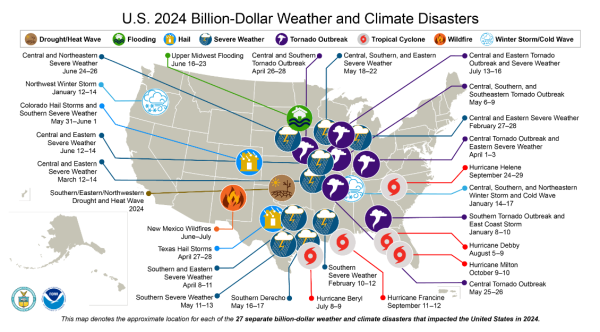
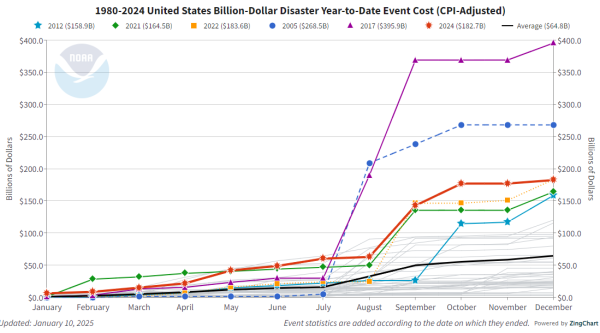
“Governments and citizens around the world need to treat the climate crisis as exactly that: a crisis,” Pembrook said.
But while there has been extreme destruction and damage, small changes can lead to change.
“We are the generation that has to decide what kind of future we want. If we don’t act now, the damage done will be irreversible, but if we do, we have the chance to change the course of history,” Pembrook said.
Every step taken to reduce carbon emissions, to support renewable energy sources, and to embrace sustainable practices helps slow down the accelerating impacts of climate change. It might seem like a drop in the ocean, but these small changes add up.
“We must transition from fossil fuels to renewable energy, reduce overall energy demand, and curb our obsession with material consumption. Reforestation, protecting existing wetlands, and creating new wild areas are essential,” Pembrook said. “Carbon capture technologies and agricultural land restoration efforts should be widely supported to absorb and sequester carbon. These actions can help.”
The fires, the storms, the hurricanes- they are not isolated events. This crisis is global, but the solutions are as well. Each action, no matter how small, is crucial.
Begin by reducing waste through recycling, using reusable bags, bottles, and containers, and avoiding single-use plastics. Save energy by turning off lights when not in use, and using energy-efficient appliances. Conserve water by fixing leaks, taking shorter showers, and using water-saving fixtures. Opt for sustainable transportation options when possible, like walking or biking. And get involved in community clean-up efforts or advocate for stronger environmental policies.
The time for half-measures has passed. It’s not just about putting out the fires anymore; it’s about preventing them from starting in the first place.



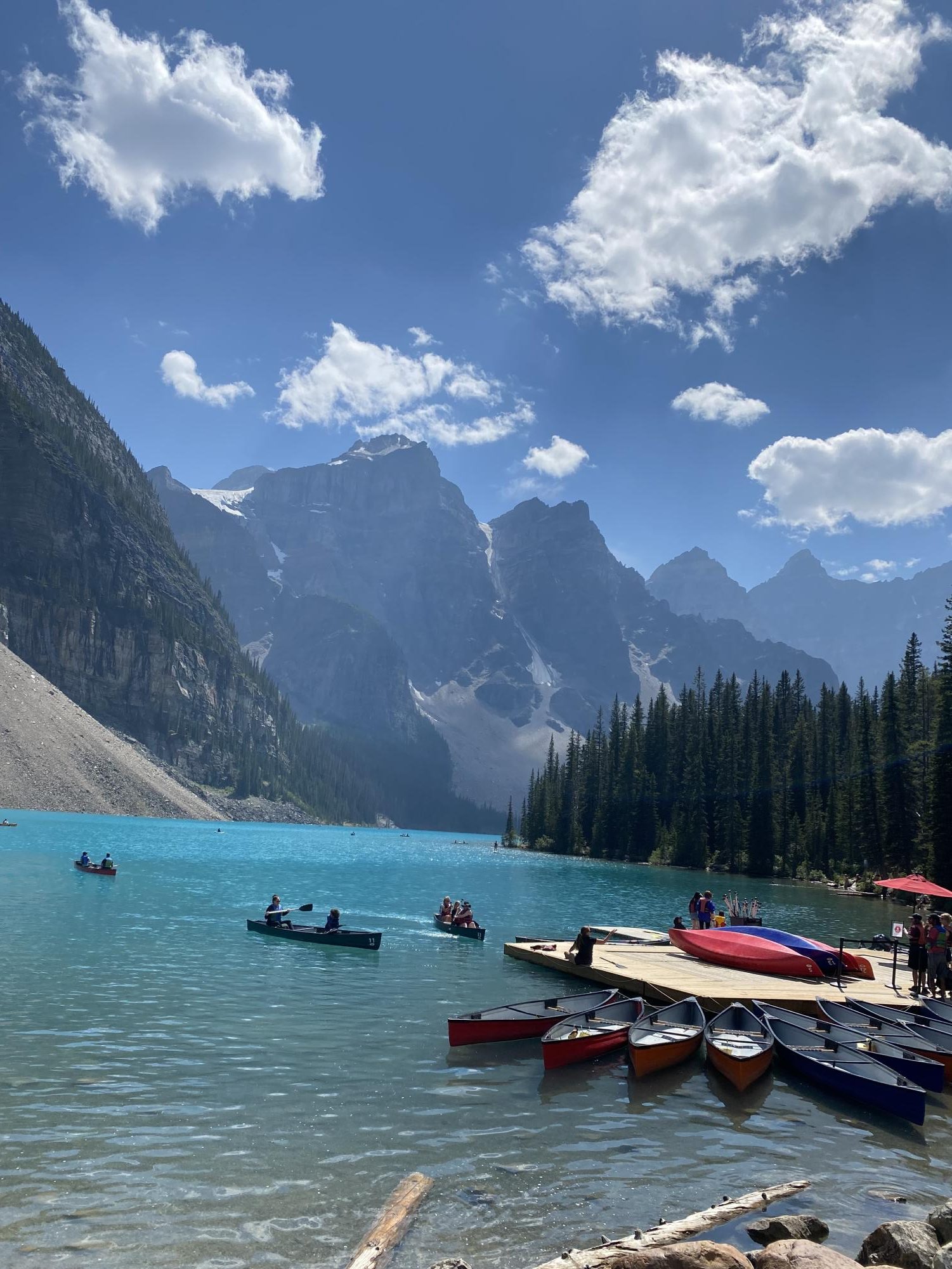
![A Vest Won’t Protect You [OPINION]](https://ghschronicle.com/wp-content/uploads/2025/09/KoltonZuckerVestPosterOffWhite.png)
![Executive Order: Ending Radical Indoctrination in K-12 Schooling [OPINION]](https://ghschronicle.com/wp-content/uploads/2025/04/Screenshot-2025-04-23-at-2.51.41 PM-1200x674.png)
